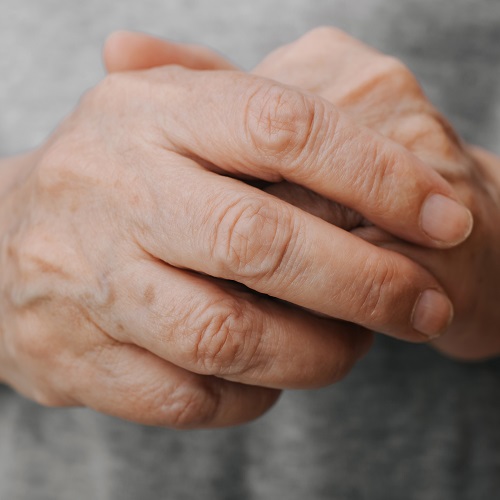Key Takeaways
- Arthritis in older adults is common but manageable with early detection and consistent care.
- The knees and hips are the joints most often affected, leading to pain, stiffness, and reduced mobility.
- A professional physical exam helps identify the type and severity of arthritis, guiding treatment such as physical therapy or safe pain relievers.
- The goal of care is not just to reduce pain but to preserve movement, independence, and daily comfort.


